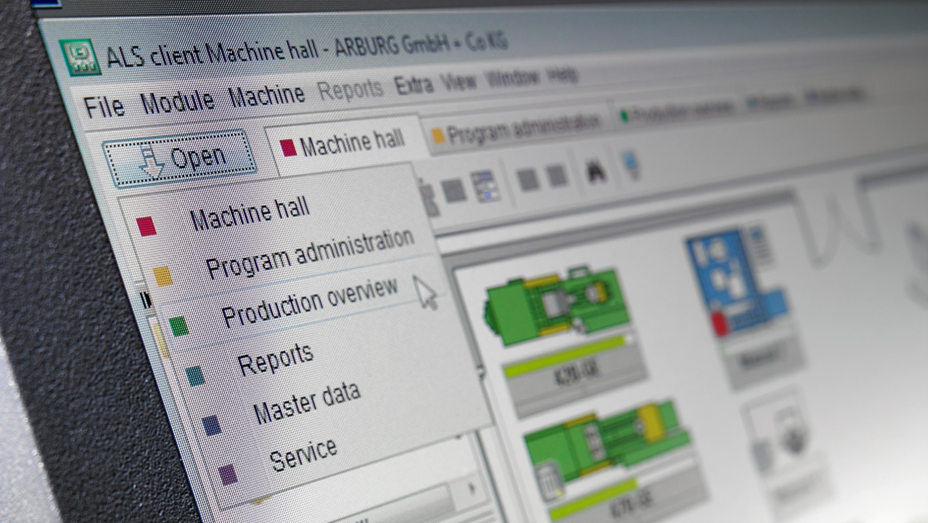
Data is the most underutilized asset on the injection molding floor.
How AI is Poised to Unlock Hidden Potential
Walk into almost any injection molding plant and you’ll see an abundance of physical assets: molding machines, molds, robots, dryers, chillers, and conveyors—all working in a carefully choreographed process to deliver precision parts. Yet among these tangible investments lies an invisible and vastly underutilized asset: data.
The Hidden Gold Mine Beneath the Surface
Every molding cycle generates a wealth of information—temperatures, pressures, injection times, clamp forces, part weights, cooling efficiencies, and more. Add to that the operational data from robots, dryers, temperature controllers, and material silos, and you have a data ecosystem rich with insights waiting to be mined.
The challenge? Most of it goes untapped.
In many plants, data lives in silos—on standalone machine controls, USB drives, or paper logs—rarely integrated or analyzed in a meaningful way. Without a clear strategy for collection, connection, and analysis, this valuable information is often lost in the noise of daily production.
As MIT Sloan aptly notes, manufacturers often “chase AI before they understand their data.” The real journey begins by recognizing data as a core business asset, not a byproduct of production.
Why Data Often Goes Unused
The reasons are familiar:
- Legacy equipment lacking modern connectivity standards like OPC UA or Euromap 77/79
- Fragmented systems where each machine and auxiliary device “speaks its own language”
- Limited personnel bandwidth to interpret and act on complex datasets
- A culture focused on uptime rather than optimization
Even the most advanced molding machines equipped with smart controls often operate in isolation. As a result, decisions rely on experience and intuition rather than on real-time, data-driven insight.
This gap is not unique to plastics—Boston Consulting Group highlights that even global manufacturers underuse their factory data, leaving 70-80% of production information unanalyzed. On the molding floor, that’s the equivalent of running a million-dollar press with one hand tied behind your back.
Enter Artificial Intelligence: The Great Enabler
Artificial Intelligence (AI) is changing that dynamic. Where traditional process monitoring captures and visualizes data, AI interprets it, learns from it, and predicts what comes next.
AI-driven systems can:
- Identify hidden correlations—for example, how a subtle mold temperature drift leads to short shots hours later
- Predict maintenance needs before a heater band fails or a hydraulic valve sticks
- Optimize process parameters in real time for consistency and reduced scrap
- Benchmark performance across machines, molds, and shifts
- Identify cost savings through process optimization
AI is already enabling processors to turn process noise into actionable insight, unlocking repeatable quality and uptime gains.
Research backs this up: a 2024 MDPI study on in-line AI quality control for plastic parts showed that machine learning can detect defects in real time and self-correct processes without operator intervention.
From Data Collection to Data Connection
Unlocking this potential doesn’t require a leap into the unknown. It starts with digital readiness:
1. Connect equipment using open protocols like OPC UA or Euromap standards.
2. Consolidate data through central platforms such as ARBURG’s ALS and arburgXworld Premium Connect.
3. Contextualize—link process data with quality, material, and maintenance records.
4. Collaborate—use AI to turn data into decisions, not just dashboards.
AI systems will maximize what’s possible when human expertise meets algorithmic precision: process optimization that’s continuous, data-driven, and self-learning.

Turning Insight into Advantage
Molders who embrace this transformation will move from reactive problem-solving to proactive performance optimization. They’ll see shorter cycle times, more consistent part quality, faster troubleshooting, and stronger ROI across every asset.
As Plastics Machinery Manufacturing notes, AI is rapidly moving from experimental to essential—OEMs and molders alike view it as key to maintaining competitiveness in a high-pressure market.
And perhaps most importantly—they’ll build a competitive edge that’s nearly impossible to replicate without a similar digital foundation.
Final Thought
Data is already your most powerful resource—it just needs to be recognized as such.
The manufacturers who learn to harness it, connect it, and let AI amplify it will redefine what “smart molding” truly means
Further Reading
- MIT Sloan: For AI in Manufacturing, Start with Data
- Plastics Today: How Artificial Intelligence Is Transforming Injection Molding
- MDPI: Industry 4.0 In-Line AI Quality Control of Plastic Injection Molded Parts
- BCG: Shaking Up the Factory Floor with Digital and AI
- Plastics Machinery Manufacturing: AI Grows in Importance to Injection Molders
- ARBURG: Digital Products
